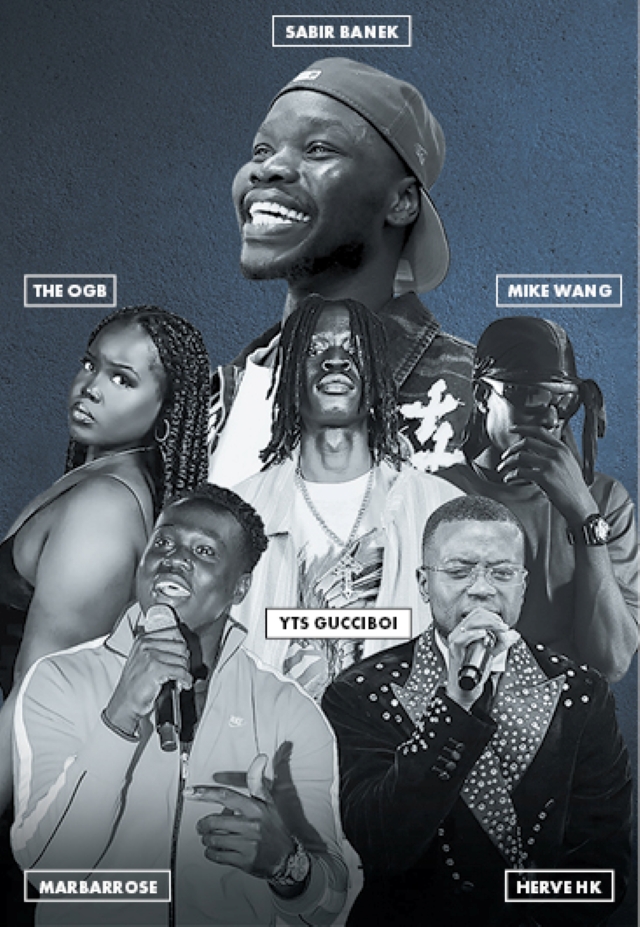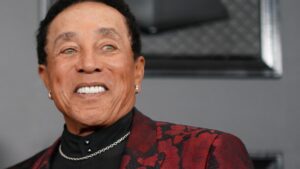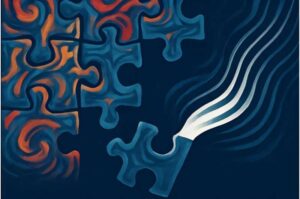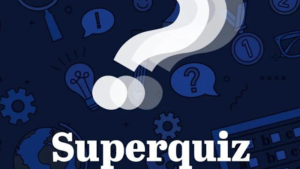
Local artists, including Marbarrose, Mike Wang, YTS Gucciboi, OGB, Sabir Banek, and Herve HK, have come together to confront the troubling relationship between music and violence. Each artist has experienced personal loss, having lost friends and family to stabbings, shootings, and other forms of violence. They argue that the roots of this violence extend far beyond music, encompassing societal issues such as poverty, family breakdown, and lack of identity.
In a powerful statement, former gang member Marbarrose emphasized that music should not be blamed as the primary cause of violence. “A lot of these beefs or issues stem before music or outside of music itself. They come from real life situations and problems,” he said. “With or without music, crime exists and wars will still happen. Music is a fruit of a tree, not the root of the tree.”
The artists agree that addressing the underlying causes of violence is crucial. Sabir Banek, who has a history of addiction and incarceration, spoke passionately about the desire for change among individuals entrenched in gang culture. “In my 24 years, I’ve spoken with so many in the streets and almost all of them want out,” he shared. “They want to leave the gang life behind. But they feel trapped.” He urged peers to avoid becoming “another statistic,” encouraging them to seek alternatives.
Changing the Narrative Through Mentorship
In response to the challenges faced by their communities, many of the artists have stepped into mentorship roles, guiding young people struggling with crime and peer pressure. Mike Wang highlighted that success is achievable for those willing to take a leap of faith. “Even if they think that, it’s not too late to change. The only step needed to take is faith and action,” he said, urging youth to recognize their potential.
Despite the dangers often associated with gang affiliation, independent artists face vulnerabilities of their own. YTS Gucciboi noted the lack of resources for independent musicians, stating, “We’re grinding without big label backing, and a lot of us can’t afford security or a full team. That makes us easy targets.” He emphasized that talent alone does not guarantee safety, stating, “Hope ain’t protection.”
Amidst the ongoing violence, female artist OGB criticized peers who continue to produce drill music with violent themes. “How are you going to say that you ‘retired’ from the street life but you still make music scattered with violent and aggressive language?” she questioned, calling for a reevaluation of the messages conveyed through music.
Fostering Hope Amidst Adversity
The artists are increasingly intentional about their lyrics, aiming to inspire rather than incite violence. Marbarrose pointed out the negative perceptions surrounding certain music genres, particularly within the South Sudanese community, where many feel drill artists contribute to rising violence. “If we cancel or legally ban any music which has a direct impact on the rise in violence, does this impact our God-given right to speak?” he asked.
While the music industry often rewards violent narratives, YTS Gucciboi criticized the profit motives that prioritize chaos over transformative messages. “Labels are quick to sign somebody talking violence but slow to invest in artists trying to uplift or bring change. That’s backwards!” he lamented, urging the industry to support voices that promote growth.
On a positive note, there is a growing awareness among young listeners who are seeking music that provides hope rather than despair. Herve HK noted, “Many are tired of pain, tired of fake role models. They’re searching for music that doesn’t just hype them for the moment but helps them live tomorrow with hope.” The rise in violence has prompted fans to reconsider the artists they support, especially as they witness the consequences of a lifestyle glamorized in music.
As these artists continue their efforts to address the complex issues surrounding violence and music, they remain committed to fostering a more positive narrative that encourages hope, resilience, and change within their communities.






